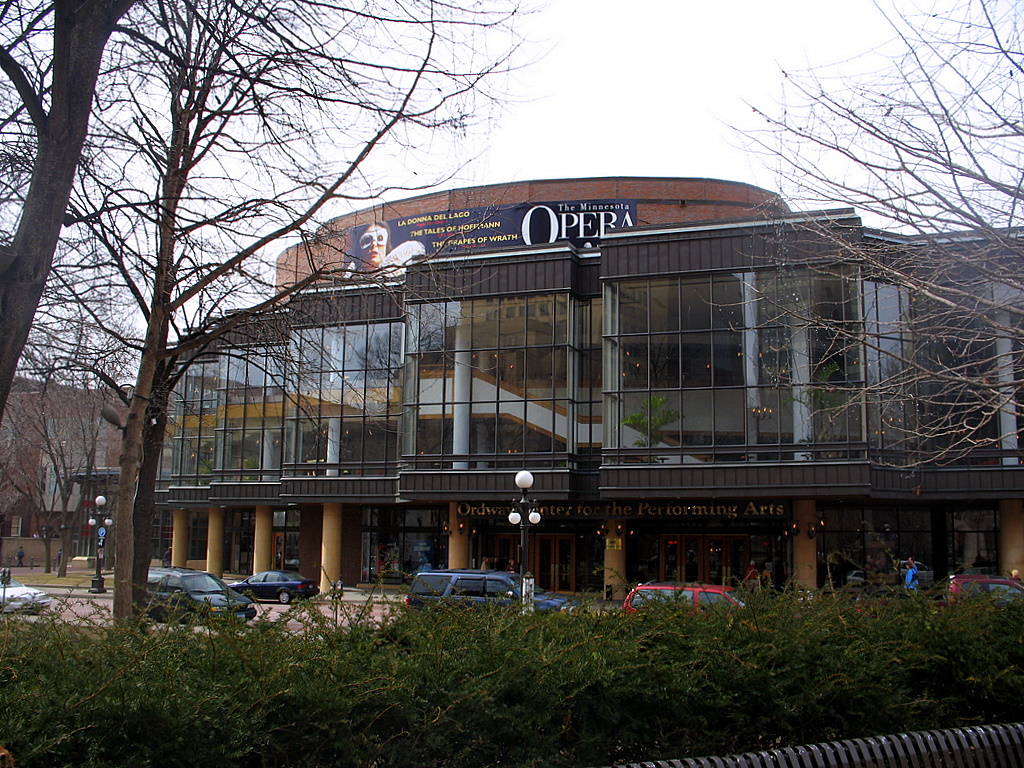 |
| Icon of the Mother of God |
 |
| The Church of the Nativity of The Mother of God and bell tower in Zarvanytsia. |
I have posted a UTube video of the Shrine at Zarvarnytsia. It includes the Church, the icon, the area and the spring. It is in a separate blog post, which you can find on my blog.
Zarvanytsia was the birthplace of my grandmother, Marya Klak. It is a small village of about 300 people,located on the Strypa River, about 30 miles southwest of Ternopil', Ukraine. In spite of its small size, it is a very important place for Ukrainians of the Ukrainian Catholic Church. Varvanytsia is visited by hundreds of thousands of Ukrainian Catholics every year, who come to see the Icon of the Virgin Mary and drink water from its spring, which is said to have miraculous powers.
I had heard of this town from my father, who said that there was a special spring, that was filled in when Ukraine was part of the Soviet Union. I really didn't realize that it was famous and important until I met someone who had visited there recently. Then I did some research, and realized how important this place is to the Ukrainian people. The story of the founding of Zarvanytsia started in the 13th century.
In 1240, a monk left Kiev, because of a Mongol invasion. He stopped near the Strypa River, since he was injured, drank the water of the spring, fell asleep and saw a vision of the Mother of God, The Virgin Mary. When he woke up, his injuries were healed, and he found the icon nearby. He decided to stay and build a chapel to house the icon. As people heard about the miraculous powers of spring, and the icon, a duke came there and was healed , and in thanks, built a monastery there. Eventually a town grew up there, and although there were invasions by the Turks, the icon survived, and another church was built. The fourth church, Holy Trinity, built in 1754 of stone, survives today. My Grandmother must have been familiar with this church. I have tried to include a picture of this church, but since I can't read Ukrainian, I wasn't sure of the names of the many church photos that I found, so that will have to appear another time.
 |
| Old wooden church in Zarvanytsia |
During World War I, the church and monastery was damaged, but was rebuilt in 1922. When the Soviets took over Western Ukraine in 1939, the monastery was destroyed and the became a warehouse and the spring was filled in and used as a dump. Like the people of Poland, the people of Zarvanytsia kept their faith alive by going underground, holding services in private homes or in the surrounding forests. The icon was hidden and survived World War I, World War II and the Soviet rule of Ukraine.
In 1991, when Ukraine declared its independence from the Soviet Union, the church was repaired, the chapel at the spring was rebuilt, and the spring was usable again. A new and much larger church was built, and the monastery was reopened. A new church, The Nativity of the Mother Of God was build as well.
Zarvanytsia is a destination for Ukrainian pilgrims from around the world. Most of the new buildings were paid for by donations Ukrainians who live in countries around the world.
 |
| Pilgrims on their knees, approaching the Church and the icon. |
.jpg) |
| The Icon of the Mother of God, notice the chains and medals on either side of the icon, which were left by pilgrim and others who were healed. |










.jpg)














